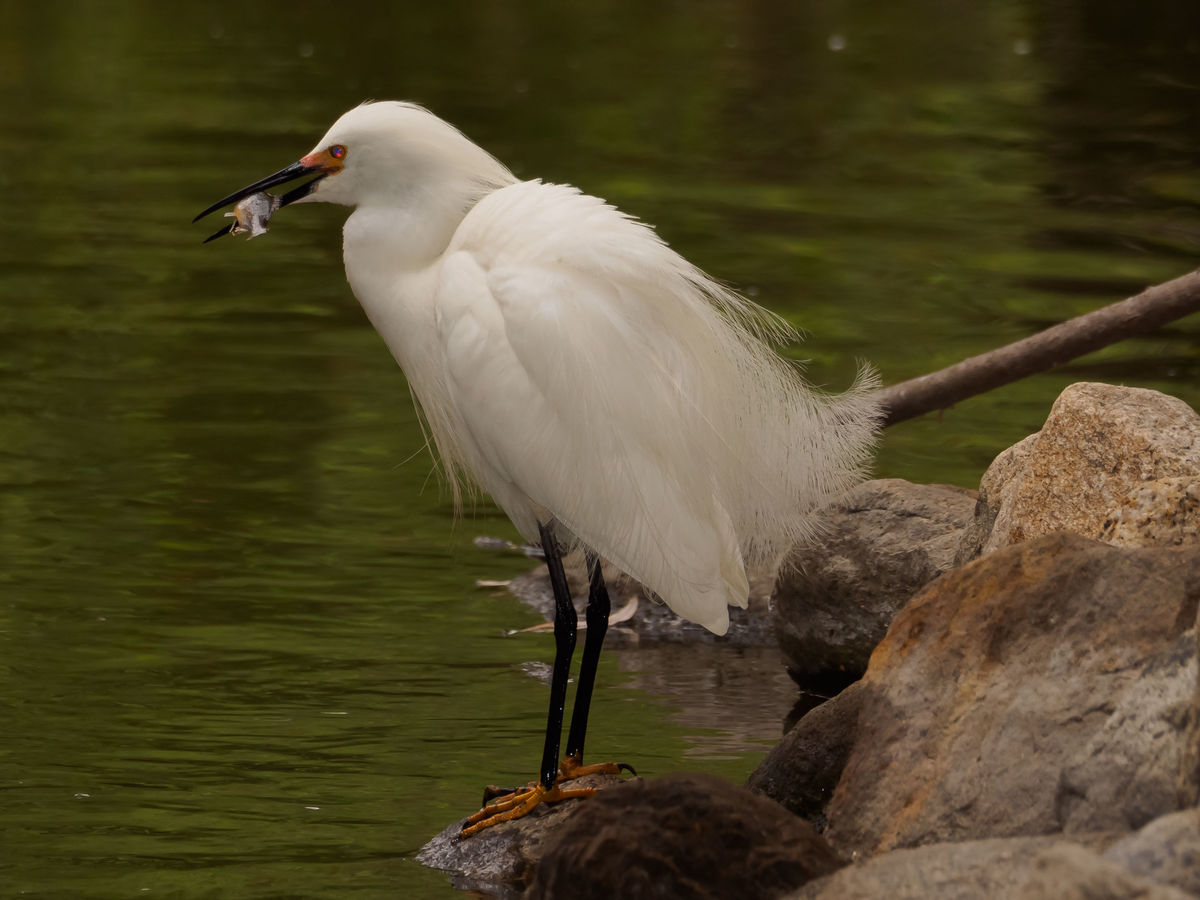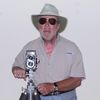Wild birds with flash
May 30, 2022 20:27:00 #
I had never used flash in any wildlife photos, figuring it would scare them away. An article in the Journal of Wildlife Photography (and other sources) recently addressed the ethics and safety of flash with wildlife and basically said it's a non-issue except maybe for baby animals and bats in caves. (I know bat photographers have used flash for years, and that's the one area of safety they mentioned: you don't want to blind a bat at night and cause it to collide with something.)
So I decided to try my new Godox flash in some shady forested areas. It made a big difference in the image quality, and the birds didn't seem to mind.
The first, of a Great Blue Heron, was a little too intense and you can see shadows. It was pretty close. It moved on to continue hunting, so I didn't get too many chances to test and adjust.
The next two were much further away, maybe 50 feet, and didn't have anything immediately behind them to show shadows. The egret was very patient and I got to experiment with the flash intensity. I'm really pleased with how the flash enabled the fine features of the white egret feathers to show up and not be blown out. In the future I'd like to get the flash off the camera to reduce red-eye.
Any advice and/or comments on using flash with wildlife?
So I decided to try my new Godox flash in some shady forested areas. It made a big difference in the image quality, and the birds didn't seem to mind.
The first, of a Great Blue Heron, was a little too intense and you can see shadows. It was pretty close. It moved on to continue hunting, so I didn't get too many chances to test and adjust.
The next two were much further away, maybe 50 feet, and didn't have anything immediately behind them to show shadows. The egret was very patient and I got to experiment with the flash intensity. I'm really pleased with how the flash enabled the fine features of the white egret feathers to show up and not be blown out. In the future I'd like to get the flash off the camera to reduce red-eye.
Any advice and/or comments on using flash with wildlife?
May 30, 2022 20:58:31 #
Awesome photos!! I have been curious about using flash like you have. I hadn't had the time to learn the basics. Now I just have to get to it. Nice very nice.
May 30, 2022 22:55:46 #
Nice photos rs! I have also been interested in using my flash for bird photography. There are flash extenders that do a good job. I took a class from Carrol Henderson, Mr. Birdman in Minnesota, and he swears by the "Better Beamer" brand. His photos were fantastic! They had good exposure on the underside and the eyes were bright. There is another brand called "Mag Mod" that is more money but it’s more portable.
May 30, 2022 22:56:38 #
Nice photos rs! I have also been interested in using my flash for bird photography. There are flash extenders that do a good job. I took a class from Carrol Henderson, Mr. Birdman in Minnesota, and he swears by the "Better Beamer" brand. His photos were fantastic! They had good exposure on the underside and the eyes were bright. There is another brand called "Mag Mod" that is more money but it’s more portable.
May 31, 2022 06:03:31 #
I used flash for birds back when ASA 400 was tops for sensitivity. The only reaction I saw was in a momma hawk on her nest who craned her neck looking up at the sky as if searching for storm clouds. Some insects get irritated after many flashes though, birds might react to many quick flashes perhaps but that is a different realm altogether.
May 31, 2022 07:10:12 #
May 31, 2022 07:15:27 #
May 31, 2022 07:49:18 #
When I used to go out and shoot all day, flash was the only way to go once the sun started to get high in the sky. Shooting white birds for example, expose for the top of the head and fill with flash. In most cases the flash was set at reduced power. Almost everybody on the beach had a Better Beamer and had holes burned into the flash when accidently leaving the camera pointed in the wrong direction.
Using flash on full power, when the subject was considered beyond its range, can provide some nice highlights.
---
Using flash on full power, when the subject was considered beyond its range, can provide some nice highlights.
---
May 31, 2022 08:26:27 #
May 31, 2022 09:34:14 #
May 31, 2022 14:58:24 #
rsworden wrote:
I had never used flash in any wildlife photos, fig... (show quote)
Excellent results! Thanks for sharing your experience!
May 31, 2022 22:49:15 #
rsworden wrote:
I had never used flash in any wildlife photos, fig... (show quote)
Lovely pics. Thanks for sharing experience.
Jun 1, 2022 01:05:21 #
r1ch
Loc: Colorado
rsworden wrote:
I had never used flash in any wildlife photos, fig... (show quote)
I have never had good luck with flash and the better beamer. I know photographers who did but my images would suffer from steel eye or the effect similar to red eye like your first two shots. I shot in overcast conditions but I have not been able to get rid of this effect so I gave up on it. I was using a godox light at 600mm. I used a flash bracket to move the flash further from the lens and different exposures. I was shooting much farther away than you, to a little island in the middle of the small lake. Someday I will go back and figure it out, but now I just try to go when there is good light in the morning.
Jun 1, 2022 13:38:23 #
rsworden wrote:
I had never used flash in any wildlife photos, fig... (show quote)
Stupendous results ⭐🔥⭐🔥⭐
Jun 3, 2022 17:56:16 #
If you want to reply, then register here. Registration is free and your account is created instantly, so you can post right away.














